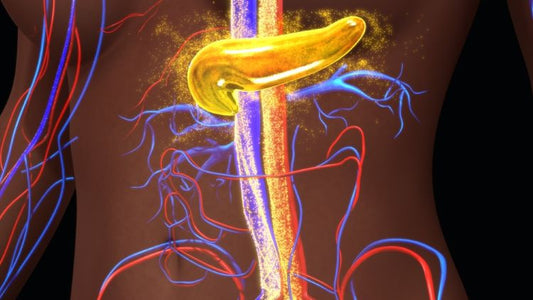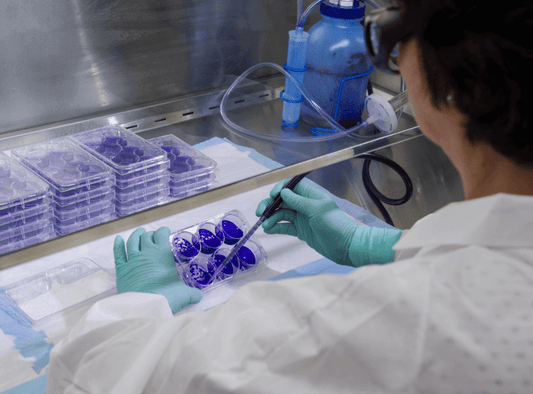News

Diabetes and Sleep. Tips for Better Sleep
The issue of sleep for individuals with type 1 diabetes (T1D) and their caregivers has become a popular topic of discussion among researchers and clinicians. While people living with T1D...
Diabetes and Sleep. Tips for Better Sleep
The issue of sleep for individuals with type 1 diabetes (T1D) and their caregivers has become a popular topic of discussion among researchers and clinicians. While people living with T1D...

Intermittent Fasting vs. Calorie Counting for T...
The study suggests that intermittent fasting can be a useful tool for managing type 2 diabetes, as it can help reduce calorie intake and improve blood sugar control. However, more...
Intermittent Fasting vs. Calorie Counting for T...
The study suggests that intermittent fasting can be a useful tool for managing type 2 diabetes, as it can help reduce calorie intake and improve blood sugar control. However, more...

Diabetes Diet: 10 Hot And Cold Drinks That Can ...
Diabetics often have to make significant changes to their diet, including giving up sugary drinks. However, staying hydrated is crucial for managing blood sugar levels. Here are 10 drink options...
Diabetes Diet: 10 Hot And Cold Drinks That Can ...
Diabetics often have to make significant changes to their diet, including giving up sugary drinks. However, staying hydrated is crucial for managing blood sugar levels. Here are 10 drink options...

FDA Approves First Cellular Therapy to Treat Pa...
The U.S. Food and Drug Administration (FDA) has given its approval for Lantidra, the first cellular therapy made from deceased donor pancreatic cells, to treat patients with type 1 diabetes....
FDA Approves First Cellular Therapy to Treat Pa...
The U.S. Food and Drug Administration (FDA) has given its approval for Lantidra, the first cellular therapy made from deceased donor pancreatic cells, to treat patients with type 1 diabetes....

The FreeStyle Libre 3 Sensor: A Discrete Soluti...
Introducing the FreeStyle Libre 3 Sensor: A Discrete Solution for Monitoring Glucose Levels For people with diabetes, monitoring glucose levels is a crucial part of daily life. However, traditional glucose...
The FreeStyle Libre 3 Sensor: A Discrete Soluti...
Introducing the FreeStyle Libre 3 Sensor: A Discrete Solution for Monitoring Glucose Levels For people with diabetes, monitoring glucose levels is a crucial part of daily life. However, traditional glucose...

TARGETING STEM CELL-GENERATED BETA CELLS FOR TY...
KEY POINTS: A recent study may have found a way to improve the number and quality of beta cells produced for cell replacement therapy. Researchers found that by adding CD77 they can...
TARGETING STEM CELL-GENERATED BETA CELLS FOR TY...
KEY POINTS: A recent study may have found a way to improve the number and quality of beta cells produced for cell replacement therapy. Researchers found that by adding CD77 they can...
